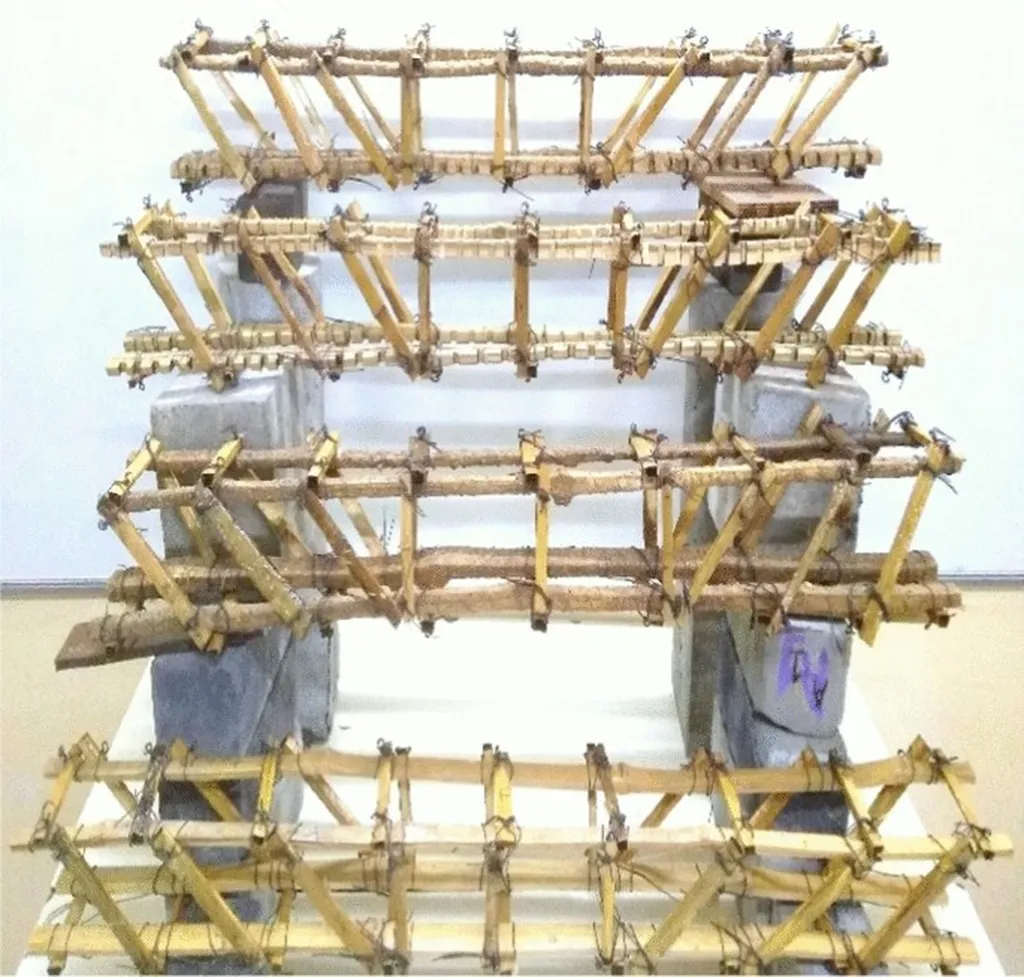In the heart of China, researchers are redefining the future of sustainable construction, and their work could send ripples through the global energy sector. Lang Lin, a scientist from Foshan University and the South China University of Technology, has been leading a team that’s challenging the status quo in precast concrete beams. Their latest findings, published in the journal *Case Studies in Construction Materials* (translated from Chinese), could revolutionize how we think about recycling and construction efficiency.
The team’s focus is on recycled lump-aggregate concrete (RLAC), a material that combines large-scale recycled lumps with newly mixed recycled aggregate concrete. The goal? To find a more sustainable and efficient way to recycle construction and demolition waste. But here’s where it gets interesting: they’ve introduced a new type of precast beam with inclined-crossed (I-C) stirrups, a design that’s proving to be a game-changer.
“Our research shows that for similar consumption of stirrup steel, precast beams with I-C stirrups exhibit flexural capacity and ductility equal to or slightly greater than those with traditional vertical stirrups,” Lin explains. This is a significant finding, as it suggests that the new design could offer improved performance without increasing material costs.
But the benefits don’t stop there. The team found that increasing stirrup spacing reduces the flexural ductility of beams with I-C stirrups, but their flexural capacity either remains unchanged or decreases by less than 10%. This could lead to more efficient use of materials and reduced costs in construction projects.
The research also revealed that the use of RLs within the precast part has a limited effect on the flexural capacity and ductility of the beams. This is a crucial insight, as it suggests that recycled materials can be effectively used in construction without compromising structural integrity.
So, what does this mean for the energy sector? Well, construction is a significant consumer of energy, and any advancements in sustainable construction materials and methods can have a substantial impact on energy consumption and carbon emissions. The findings from Lin’s team could pave the way for more energy-efficient construction practices, reducing the sector’s environmental footprint.
Moreover, the optimized I-C stirrup layout proposed by the team could lead to more efficient use of materials, reducing waste and costs. This could make construction projects more affordable and accessible, particularly in developing regions where resources are often limited.
In the words of Lin, “Our proposed method for judging premature buckling of the compressive longitudinal bar is reasonable, and the maximum allowable stirrup spacing derived from it could be employed as a reference for practical applications.” This suggests that the team’s findings are not just theoretical but have practical implications for the construction industry.
As we look to the future, the work of Lang Lin and his team offers a glimpse into a more sustainable and efficient construction industry. Their research could shape future developments in the field, driving innovation and progress towards a greener, more energy-efficient world. And with their findings published in *Case Studies in Construction Materials*, the global construction community now has a valuable resource to guide their own efforts towards sustainability.

